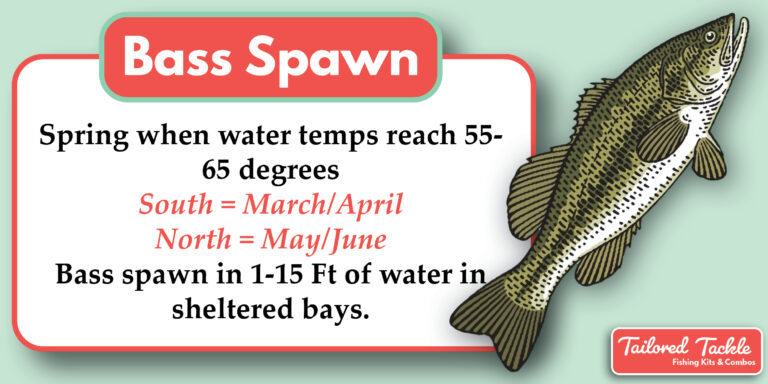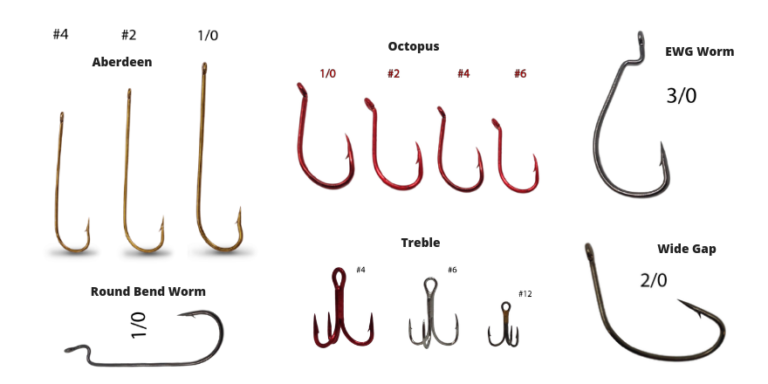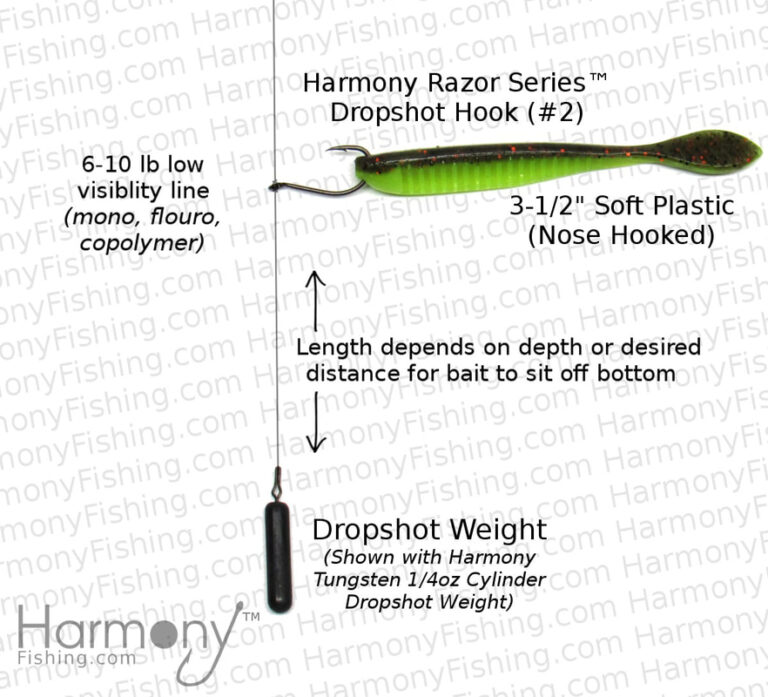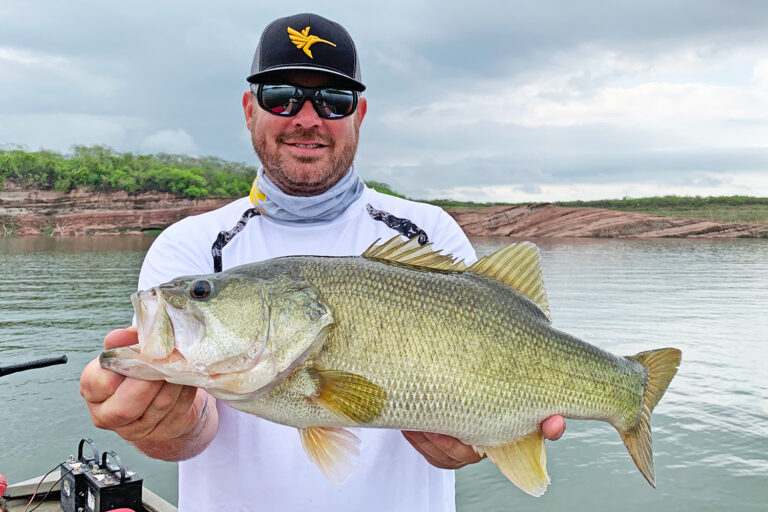What Lures to Use for Bass After Rain
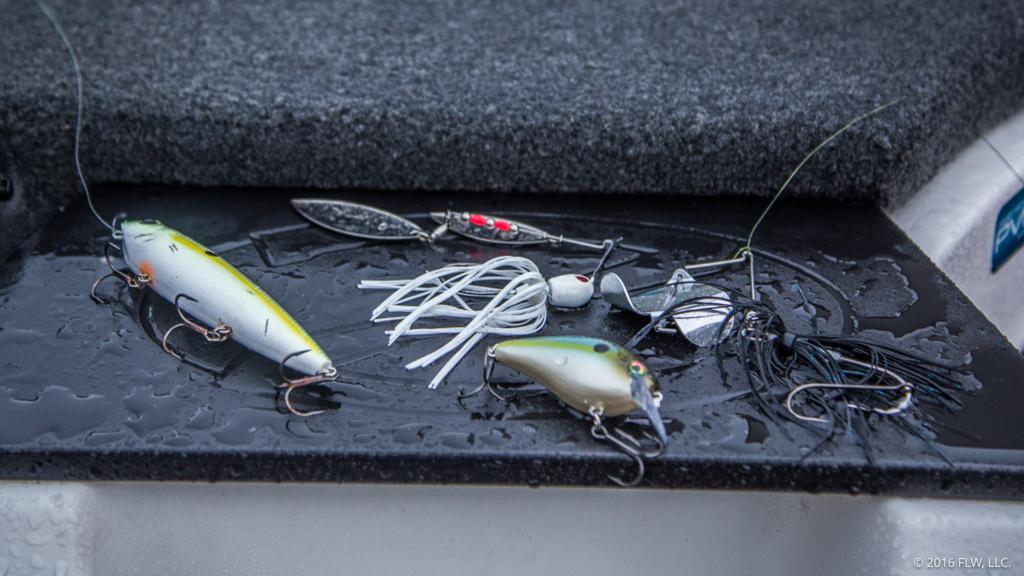
After rain, bass fishing can be highly effective with brightly colored lures or those that create vibrations. Spinnerbaits and crankbaits are ideal choices during these conditions.
Post-rain conditions can drastically alter the behavior of bass, making the choice of lure critical for successful fishing. Murky waters and lower light conditions necessitate lures that stand out and appeal to the bass’s sense of sight and sound. Vibrations and bright, reflective colors can significantly increase visibility, enticing bass to strike.
Bass will often become more active after a storm, as the water movement can dislodge and wash in various prey species, making them more aggressive and opportunistic feeders. Under overcast skies, light penetration is reduced, and bass rely more on their lateral line to detect prey, making lures that produce vibrations, like spinnerbaits and crankbaits, particularly effective. Anglers should adjust their tactics and lure selection to these post-rain fishing conditions to improve their catch rates.
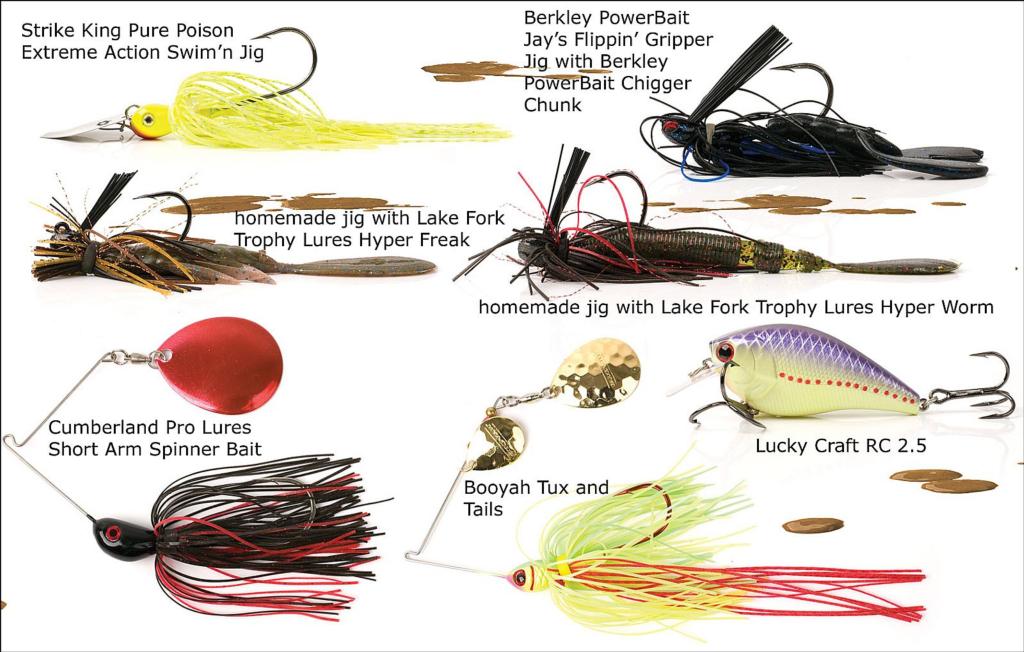
Credit: majorleaguefishing.com
Post-precipitation Bass Behavior
Rain impacts bass behavior in various ways. Water clarity changes due to runoff. This can make bass more active as they search for food. Decreased light penetration can also cause bass to hunt in shallower waters. Oxygen levels can rise, increasing bass activity.
Knowing these changes can help you choose the right lures. Dark lures may become more effective as bass rely more on silhouette and movement. Vibrating lures can also be beneficial to attract bass in murkier conditions.
Selecting The Right Lures
Rain often muddies the water, making visibility low. This change affects bass behavior and how they hunt. Brightly colored lures or those that create vibrations can help. Lures that emit sounds or have a strong scent are also effective.
| Lure Type | Why It Works | Usage Tips |
|---|---|---|
| Spinnerbaits | They cause vibrations in water. | Use a steady retrieve speed. |
| Crankbaits | Bright colors attract attention. | Choose models that make noise. |
| Jigs | Bold profiles show well in murky water. | Opt for larger sizes with vibrant colors. |
Each lure targets a bass’s senses in low-visibility conditions. Try to use irregular movements. This imitates injured prey and catches the bass’s eye. Make sure to experiment with different types and colors to find what works best in your specific fishing spot after the rain.
Color And Vibration Considerations
Bright lures stand out more to bass after rainfall. Cloudy waters make it harder for fish to see. Using vibrant colors like neon green or fiery orange is key. These hues mimic lively prey and catch attention quickly.
Muddy conditions dampen fish sight but not their sense of vibration. Bass rely heavily on their lateral line to detect movement. Vibrations from lures can signal an injured fish, tempting the bass to strike. Choosing lures that wiggle or rattle will improve the odds of a catch.
Size Matters
Understanding the right lure size for bass fishing after rain is crucial. Larger prey often become the main target for bass in murky waters. This means upsizing your lures can prove effective. Smaller offerings might get lost in the post-rain chaos underwater. Observe what the bass are feeding on. Then choose a lure that mimics the size of these prey items. For instance, if bass focus on bigger baitfish, use a larger crankbait or swimbait. This approach will increase your chances of catching their attention.
Contrastingly, if the natural prey is small, downsize your lures accordingly. Smaller spinnerbaits or finesse worms might just do the trick. After rain, water conditions can be unpredictable. Flexibility in lure selection is key. Always be ready to adapt your tactics based on what bass are actively hunting.
Technique Adjustments
Bass fishing after rain needs smart tweaks in technique. Adapting retrieval methods is crucial. Quick retrieves can be less effective. Slower, more deliberate actions often yield better results. Heavy rainfall may alter the water clarity.
Cast near structures where bass seek shelter. Fallen trees, rocks, and weed lines are key spots. Strategic casting points after rain will increase your chances. Lighter lures may not perform well in post-rain conditions. Choose ones that create more vibration and noise.

Credit: www.wired2fish.com
Expert Tips And Tricks
Understanding bass behavior is key to successful fishing after rainfall. Heavy rains often wash nutrients and small creatures into the water, causing bass to feed aggressively. Anglers should use this to their advantage.
Vibrant colored lures stand out in murky waters, drawing bass attention. Spinnerbaits with larger blades displace more water, creating vibrations that bass can sense.
Slow-moving plastics that can be fished close to the bottom, like soft jerkbaits or crawfish imitations, are also effective. This mimics easy prey for bass recovering from the stress of the rain.
Top Mistakes to Avoid in Post-Rain Bass Fishing
- Ignoring water clarity changes can lead to poor lure choices.
- Using the wrong retrieval speed may cause you to miss strikes.
- Avoiding areas of runoff is a mistake; bass may gather here to feed.
- Not adapting to the bass’ post-rain behavior limits success.

Credit: www.youtube.com
Frequently Asked Questions Of What Lures To Use For Bass After Rain
Is Bass Fishing Good After A Rain?
Bass fishing can be excellent after rain, as it often stimulates feeding due to cooler water temperatures and increased oxygen levels. It also washes insects and baitfish into the water, further encouraging bass activity.
How Do You Catch Bass After Hard Rain?
To catch bass after a hard rain, focus on stained water and current edges. Target cover like submerged logs or rocks. Use vibrant lures for visibility and slow your retrieve to give bass time to strike.
What Do You Use For Fishing After Rain?
For fishing after rain, use brighter lures and target moving waters where fish search for food. Adjust your tactics to changing water conditions for success.
What Lures Are Good For Bass In Murky Water?
Brightly colored spinnerbaits, vibrating jigs, and chatterbaits are highly effective for bass in murky water. Large, noisy topwater lures can also attract bass by sound and vibration.
Conclusion
As rain clouds part, it’s prime time to reel in those elusive bass. Selecting the ideal lure is crucial and brighter colors often shine post-downpour. Keep it slow and steady, allowing your chosen lures to mimic natural movements. Embrace these tips and your tackle box will yield success, even after the skies have opened.
Cast with confidence and watch as the bass can’t resist the allure of your expertly chosen bait.
